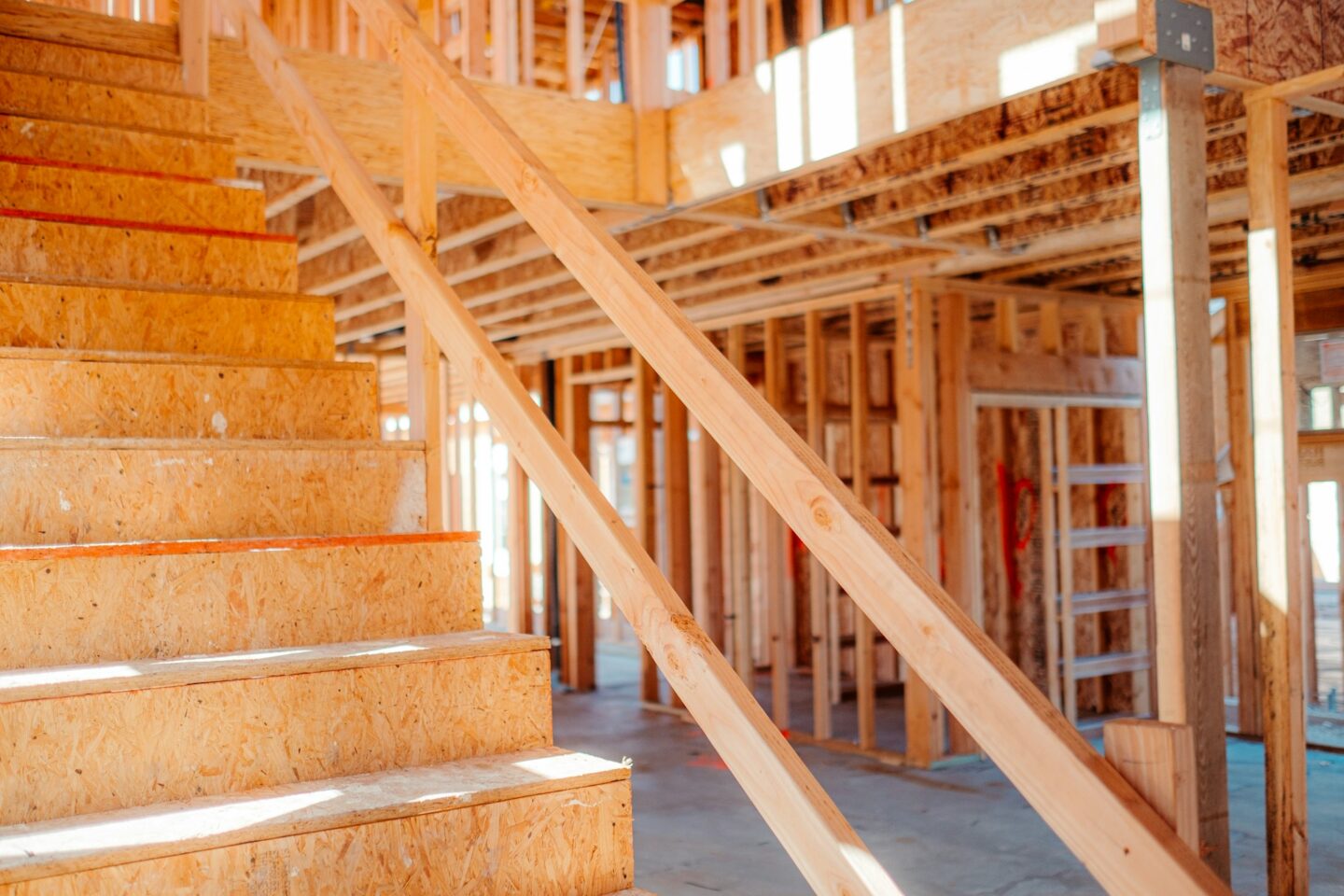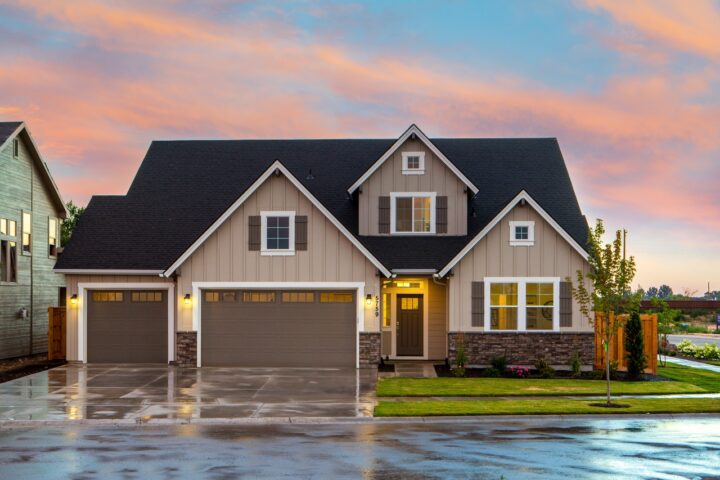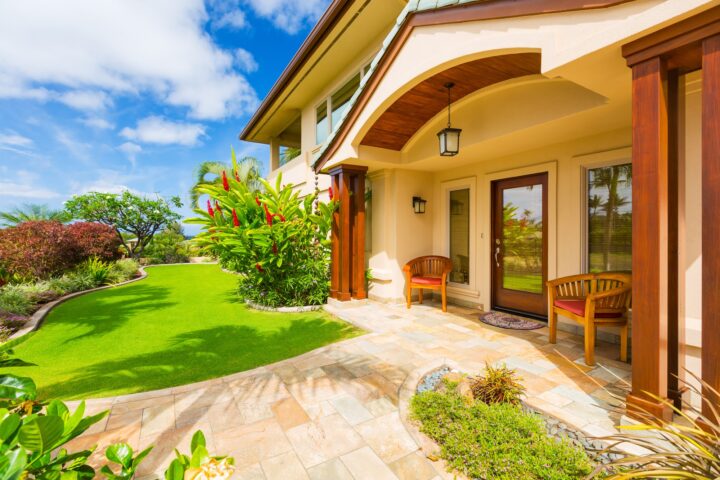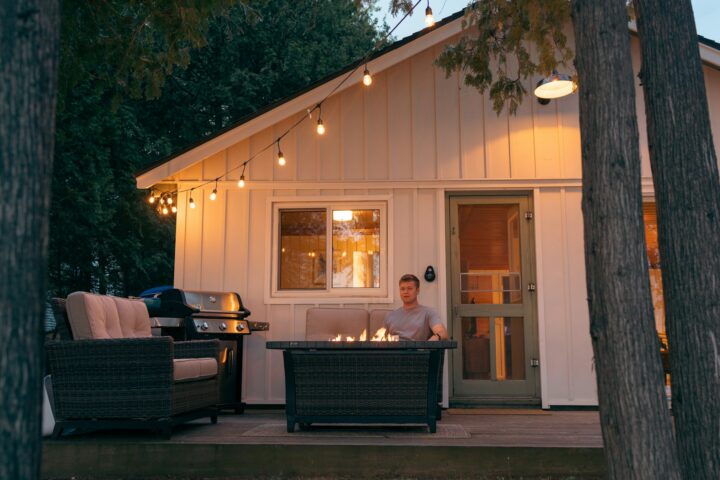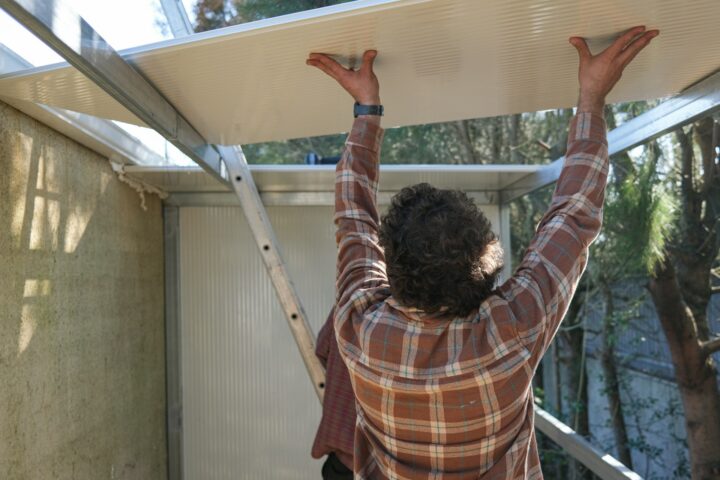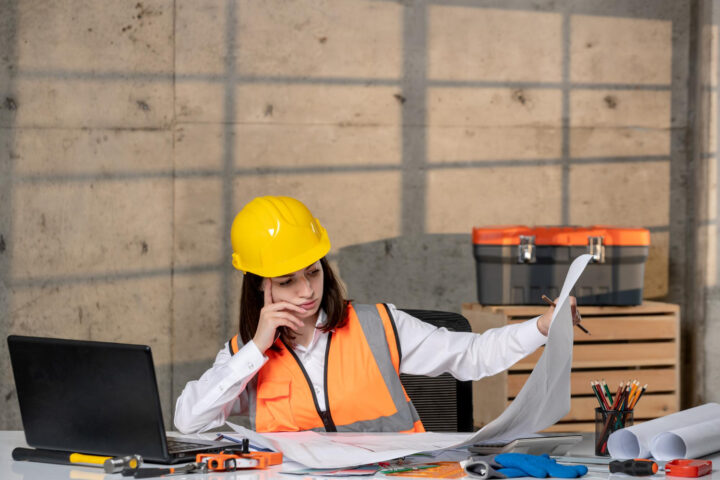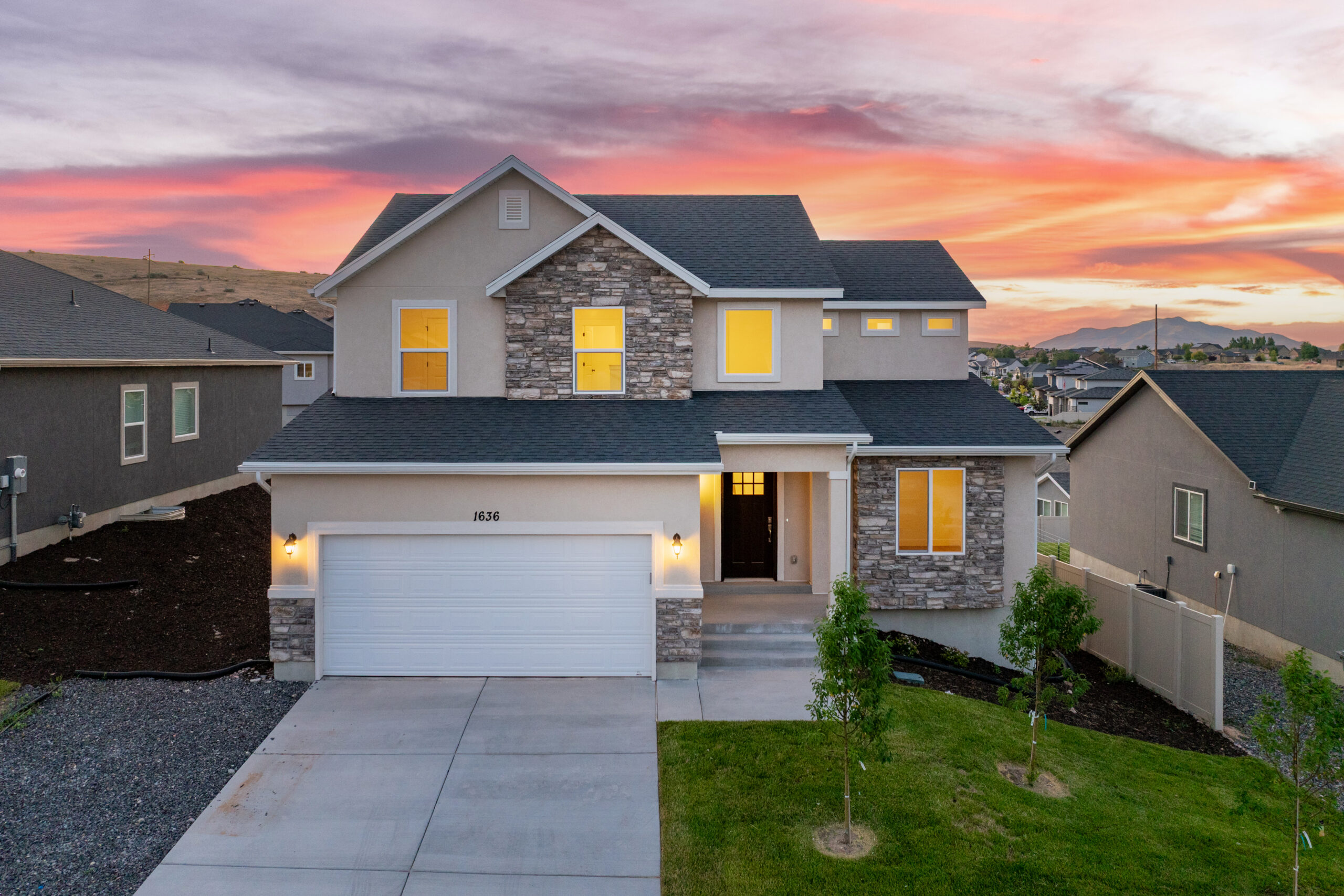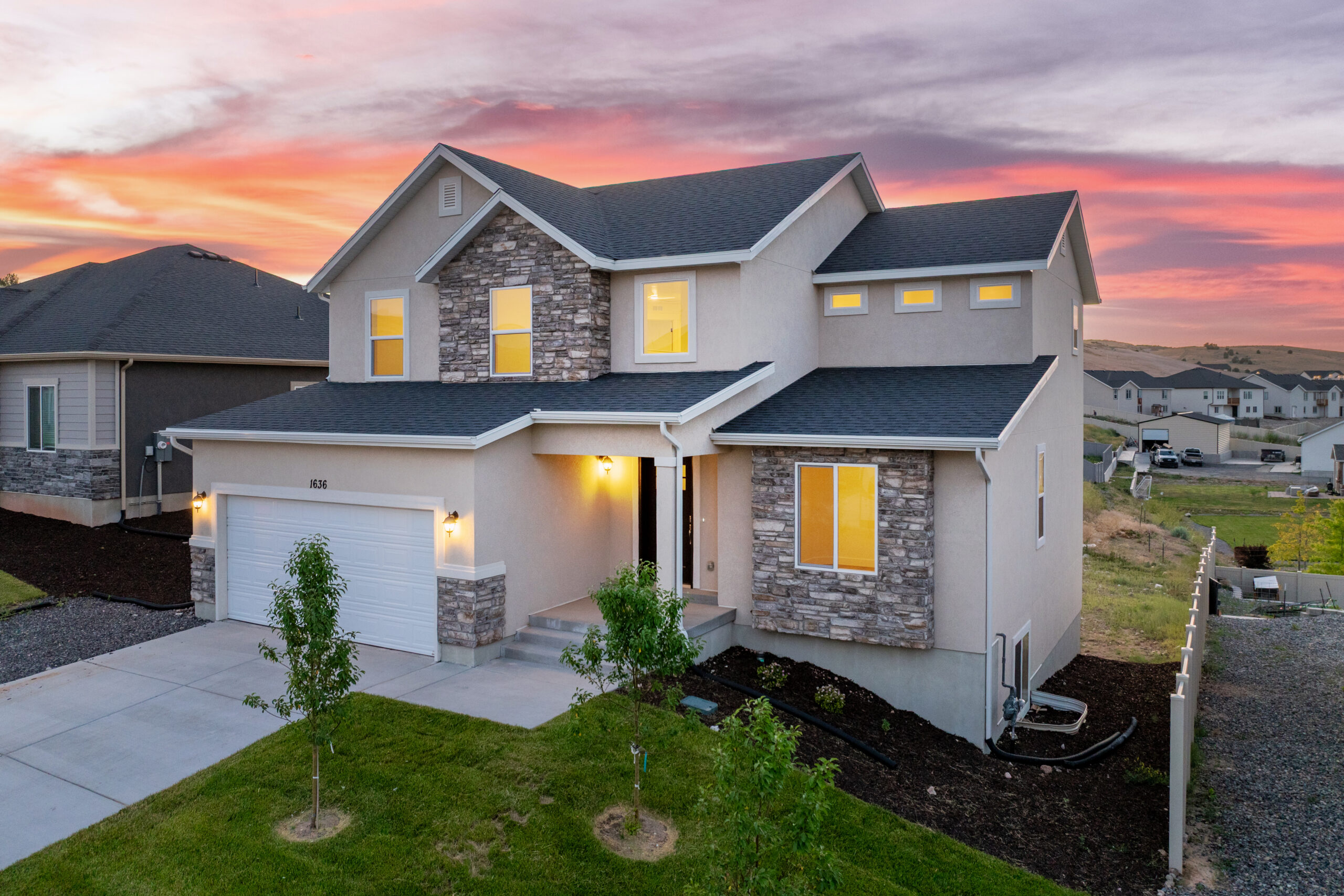Building a custom home in Utah County is an exciting and rewarding endeavor, allowing you to design and create a living space that perfectly reflects your unique needs, desires, and lifestyle preferences. However, embarking on the custom home building journey can also be a complex and challenging process, requiring meticulous planning, decision-making, and collaboration.
In this blog post, we will guide you through the essential steps and stages involved in building a custom home in Utah County, from selecting the ideal lot and designing your dream home to finalizing construction details and moving in. With the expert support of Salisbury Homes, a trusted and experienced home builder, you can navigate the custom home building process with confidence and ease.
Sustainable Materials
Incorporating sustainable building materials in your custom home can greatly reduce environmental impacts and improve the overall comfort and durability of your living space. Some options to consider include:
- Responsibly sourced wood: Select Forest Stewardship Council (FSC) certified lumber to ensure your wood products are responsibly and sustainably harvested from well-managed forests.
- Recycled materials: Utilize reclaimed wood, recycled metal, and recycled glass products to minimize waste and give new life to repurposed materials.
- Natural insulation: Opt for eco-friendly insulation options like sheep’s wool or cellulose, which provide excellent thermal performance, are renewable, and have a reduced carbon footprint.
- Low VOC products: Choose low volatile organic compound (VOC) materials, such as paint, adhesives, and sealants, to improve indoor air quality and reduce harmful emissions.
Smart Home Design
Creating a smart, energy-efficient home involves leveraging technologies and innovative design techniques that optimize the use of natural resources and minimize waste. Consider the following strategies:
- Passive solar design: Maximize natural light and heat by strategically placing windows, skylights, and building materials to capture sunlight and create a comfortable, energy-efficient home.
- Cross ventilation: Optimize airflow and natural ventilation by designing window and door placements that encourage fresh air circulation throughout your home, reducing the need for air conditioning.
- Home automation: Incorporate a home automation system that can control lighting, heating, and cooling systems, allowing you to save energy while maintaining optimal comfort.
- Space optimization: Design your custom home with efficient space utilization in mind, minimizing wasted square footage and ensuring every area serves a functional purpose.
Energy-Efficient Systems
Integrating energy-efficient systems into your custom home ensures minimized energy consumption, reducing your utility bills and carbon footprint. Some high-performance options to include in your custom home are:
- High-performance HVAC systems: Install energy-efficient heating, ventilation, and air conditioning systems with high SEER (Seasonal Energy Efficiency Ratio) ratings and properly sized ductwork.
- Energy-efficient windows and doors: Choose windows and doors with low U-factor and Solar Heat Gain Coefficient (SHGC) ratings to optimize insulation, minimize heat transfer, and control solar heat gain.
- LED lighting: Select energy-efficient LED lighting fixtures to reduce energy consumption and lower utility costs.
- Solar panels: Consider installing solar panels on your custom home’s roof to generate clean, renewable energy and reduce your dependency on non-renewable energy sources.
Water Conservation
Incorporating water-saving solutions in your custom home can contribute to water conservation efforts and protect the environment. Some innovative methods to consider are:
- Low-flow fixtures: Install low-flow faucets, showerheads, and toilets to reduce your home’s water use without compromising performance.
- Greywater recycling: Utilize greywater recycling systems to capture and treat water from sinks, showers, or laundry for use in irrigation, flushing toilets, or other non-potable applications.
- Rainwater harvesting: Capture and store rainwater from your roof for use in landscape irrigation or as an alternative water supply during periods of low rainfall.
- Native landscaping: Incorporate native plants, drought-tolerant species, and xeriscaping techniques to create beautiful, low-maintenance landscapes that require minimal water.
Embrace Eco-Friendly Building for a Sustainable Custom Home in Utah County
By implementing these eco-friendly building practices in your custom home project, you can experience the benefits of energy efficiency, cost savings, and environmental responsibility. Let Salisbury Homes guide you through these innovative practices, making your Utah County custom home a shining example of sustainability and forward-thinking design.
At Salisbury Homes, we share your passion for creating a custom home that exceeds expectations and minimizes environmental impact. Our expert custom home builders have the experience and dedication required to navigate the adoption of green-building techniques, sustainable materials, and energy-saving systems. Together, we can design and build a stylish, comfortable, and environmentally conscious living space that you will be proud to call home.

